



111 Harley St. are rated an average of 5 out of 5 based on 1376 reviews
A Reduction Rhinoplasty is one of our most popular Rhinoplasty techniques to help reduce the shape and size of your nose from all angles.
It is through nose reductions that some of the most amazing transformations are created as this is a procedure that specially improves the appearance of a ‘hooked’ nose or straightens a visibly prominent nasal bone. Equally, when this is performed by one of the best Rhinoplasty surgeons, Dr Yannis Alexandrides, the results produced speak for themselves…
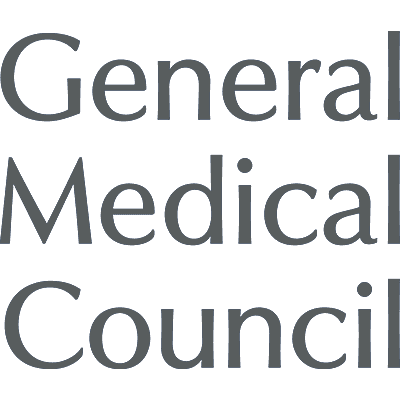
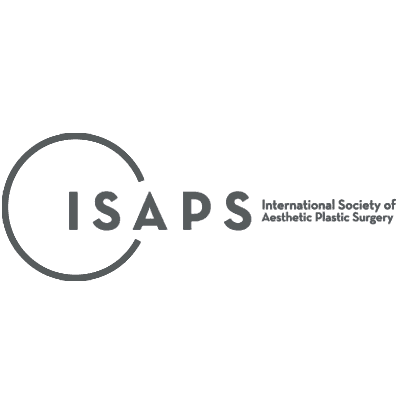
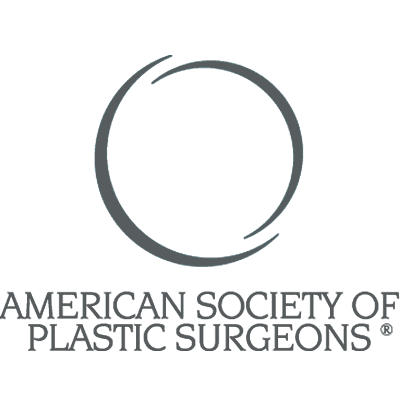
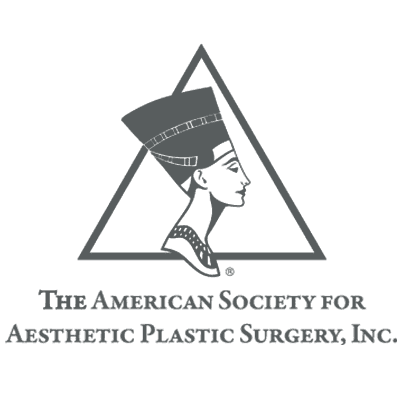
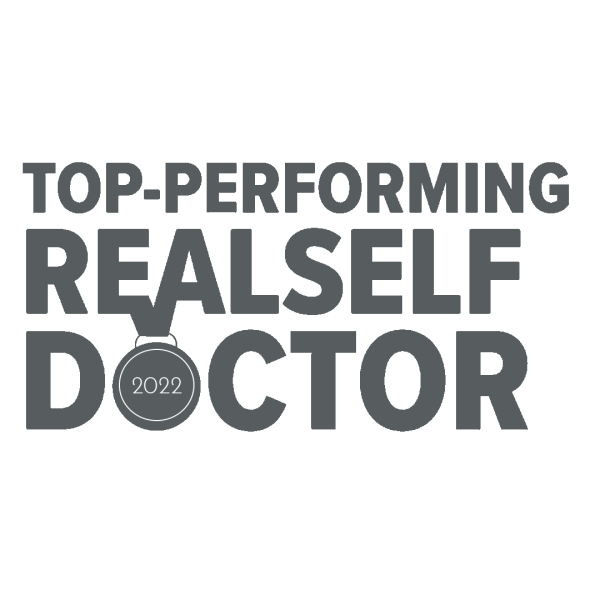
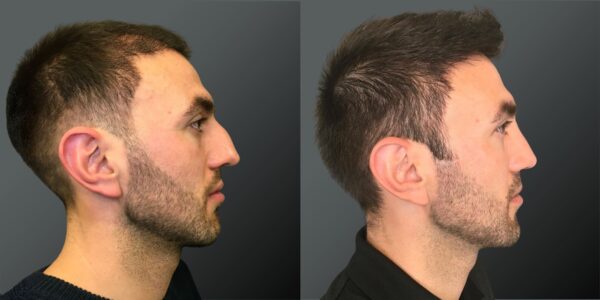
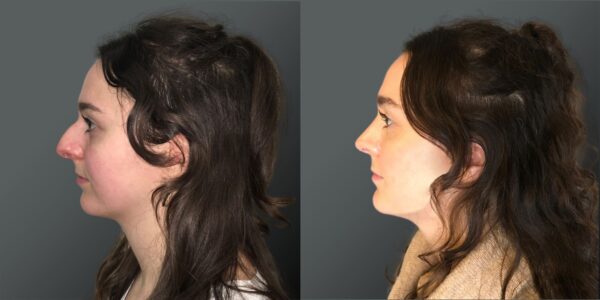
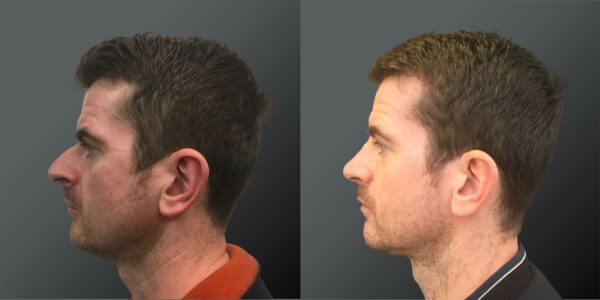
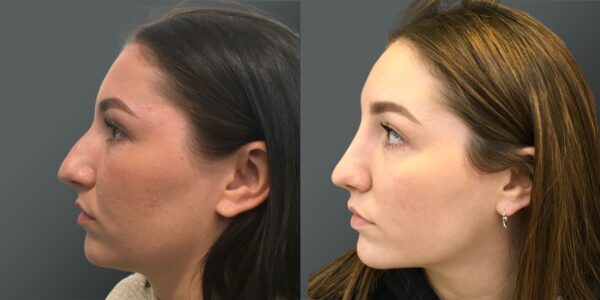

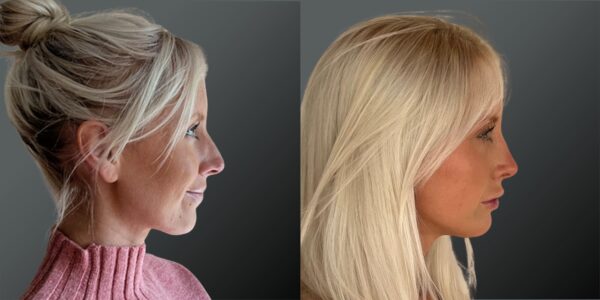
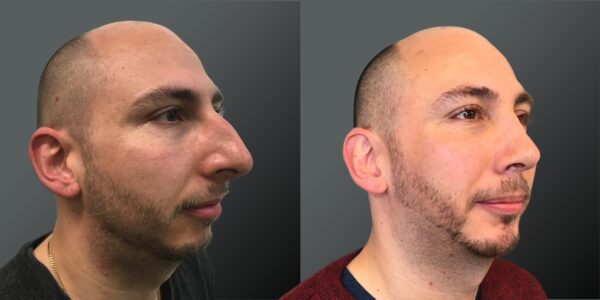


Please note, all consultations are subject to the applicable consultation change or deposit.
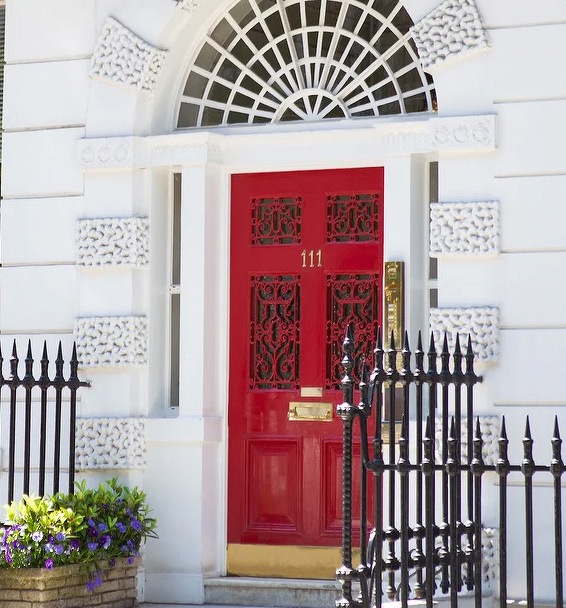
Dr Yannis £350 – Mr Reza £200
To request a surgical consultation, please complete this form.
Dr Yannis £350 – Mr Reza £200
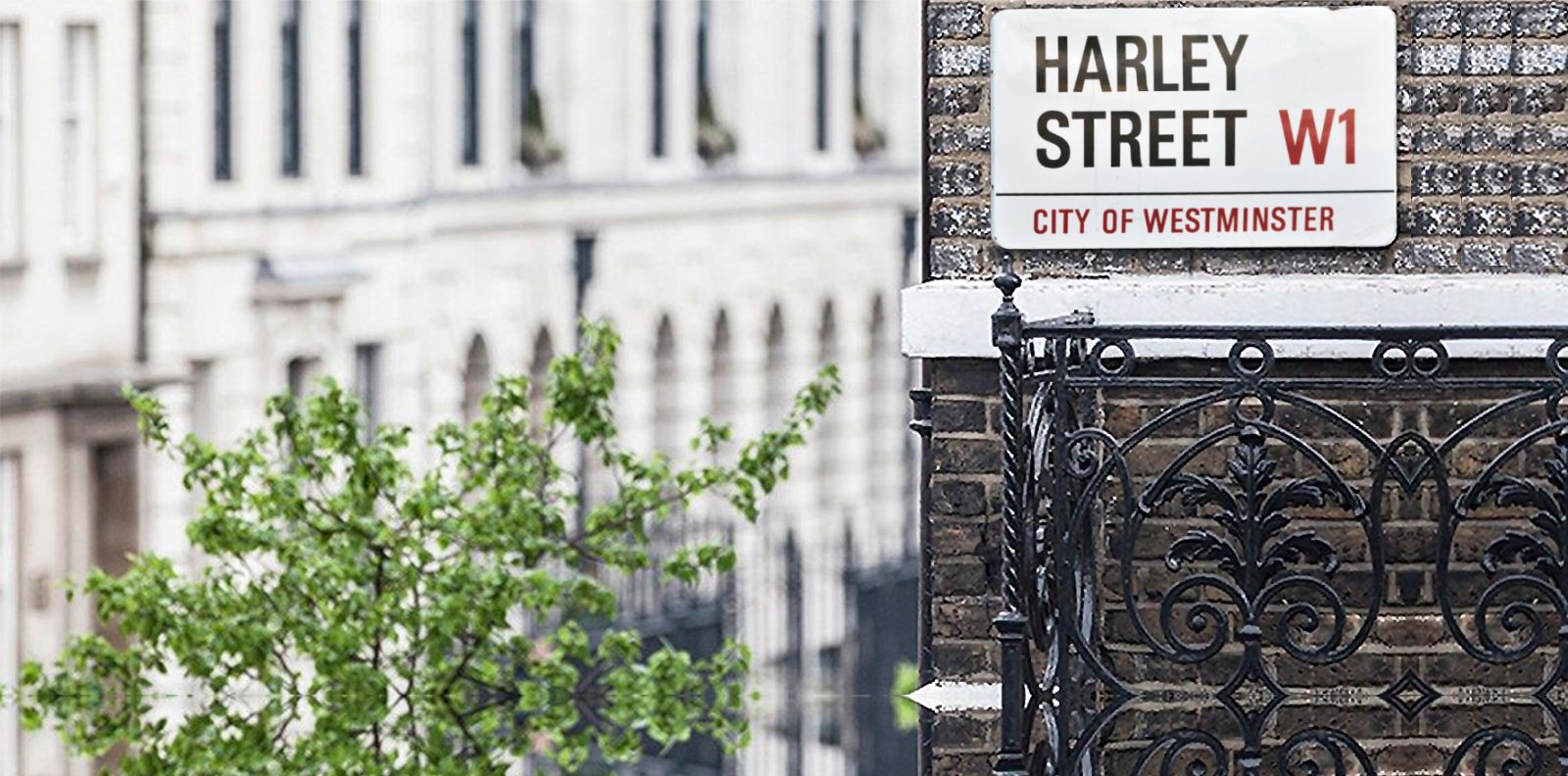
I really think highly of the aesthetic judgement of the nurse in 111Harley street as I received non-surgical rhinoplasty there. It’s very natural, not exaggerated. And the service there is excellent! It’s friendly to foreign customer since Miss Bonnie is a brilliant and patient interpreter.
YihanHad the best non surgical rhinoplasty experience! Many thanks to Nicky , she definitely has the best skills and knowledge and is very professional. Was slightly scared but she always re assured me and made me feel so comfortable.Will definitely recommend to all. Thanks a million!
Yesim KilicI underwent a open Septorhinoplasty on the 9th of January. I turned 25 a few days before my op I couldn’t think of a better way to start a new decade and chapter in my life. This is something I really wanted done for ten years and I’m really happy I finally got round to getting it done. 3 weeks post op currently and I can’t wait to see how the remaining 12 months go.
TaylorWe'd love your feedback! Please leave a review on our website and Trustpilot